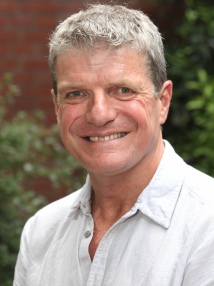BibTex format
@article{Macdonald:1999,
author = {Macdonald, W and Carlsson, LV and Charnley, GJ and Jacobsson, CM},
journal = {Proc Inst Mech Eng [H]},
pages = {33--39},
title = {Press-fit acetabular cup fixation: principles and testing},
url = {http://hdl.handle.net/10044/1/1328},
volume = {213},
year = {1999}
}

